Over the last ten years, levels of NO2 and PM2.5 in the UK have fallen but often still exceed World Health Organization targets. Ground level ozone on the other hand has increased by 17% in that time and now exceeds WHO targets twice as often as in 2015.
Scientists from the University of Reading, who were behind the study’ focused on three key pollutants: nitrogen dioxide (NO₂), ozone (O₃) and PM2.5.
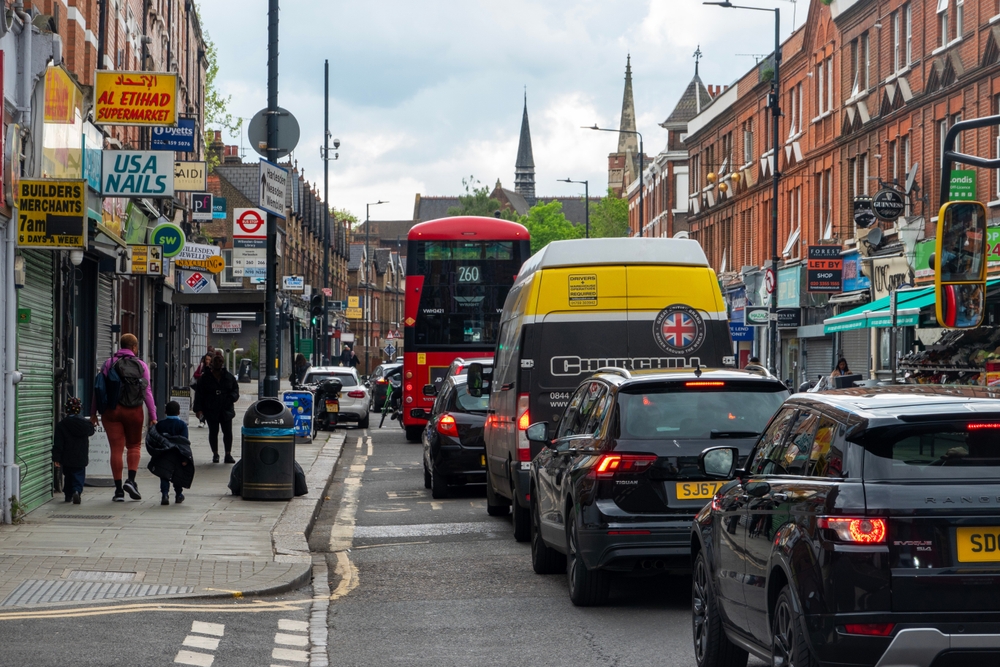
While most air quality research in the UK has concentrated on regional areas due to local authorities being responsible for managing pollution, this research takes a national view to better understand the broader patterns in air quality and what drives them – whether local emissions or pollution carried from other regions – and what this means for future policy.
It was found that the average number of days each year when the three pollutants exceeded World Health Organization were:
- NO2: 136 days in 2015 → 40 days in 2024
- PM2.5: 60 days in 2015 → 22 days in 2024
- O3: 7 days in 2015 → 14 days in 2024
The findings show that NO₂, largely produced by road traffic, has decreased in both urban and rural areas, especially where clean air zones and vehicle restrictions have been introduced. These reductions are strongly linked to changes in traffic emissions and suggest that continued action on transport could deliver further improvements in air quality.
However, while PM2.5 levels have also gone down, the study found that the amount we can do to maintain this improvement might be limited on a local level.
In contrast to these improvements, ozone pollution is getting worse. This is a more complex issue because ozone is not emitted directly, but forms in the atmosphere through chemical reactions involving NO₂ and other pollutants like volatile organic compounds (VOCs).
Problematically, the fall in NO₂ levels is partly responsible for the fact that ozone concentrations have risen, particularly in urban areas. Ground-level ozone is formed when sunlight triggers chemical reactions between nitrogen oxides (NOₓ, which includes NO and NO₂) and volatile organic compounds (VOCs) from sources like vehicle exhaust and industrial processes.
In city centres, where NO₂ levels are typically high, there’s a lot of nitric oxide (NO) in the air. NO reacts with ozone and removes it from the atmosphere in a process called ozone titration.
Cutting NO₂ emissions means less NO, which means less ozone gets removed. Furthermore, if VOCs are still present, the chemistry can shift toward producing more ozone.
While the overall health benefits of reducing NO₂ still outweigh the harms from higher ozone levels, the researchers point out that this balance may shift, especially as climate change leads to warmer temperatures and more favourable conditions for ozone formation.
The study also specifically focused on three UK cities: Reading (south), Sheffield (central), and Glasgow (north), combining data on air quality, weather and the origins of air masses over a seven-year period.
One of the main findings is that the source of the air mass – where the air came from in the previous four days – has a significant impact on PM2.5 levels in all three cities. Air arriving from the southeast, including continental Europe, tended to carry more fine particulate matter. This suggests long-range transport of pollution, including industrial and agricultural emissions, plays a major role.
These same air masses also increased the likelihood that PM2.5 levels would breach WHO air quality targets. Wind speed was also important, with lower speeds allowing pollutants to build up locally.
The implication here is that local efforts alone are unlikely to bring PM2.5 within safe limits and national or international action will be required to make significant progress.
For NO₂, the most important factors were local: air temperature, wind speed, and time of day. Higher temperatures and wind speeds generally helped disperse the pollutant, leading to lower concentrations. The influence of air mass origin on NO₂ was small, suggesting that NO₂ is mostly a local pollution issue linked to emissions from traffic and heating.
Ozone levels, on the other hand, increased with higher temperatures and wind speeds, which promote its formation and mixing from higher altitudes. Although the origin of the air mass played a minor role in overall O₃ variability, it became more important when looking specifically at the chances of ozone levels exceeding air quality thresholds. Air masses from northwest Europe, in particular, were associated with elevated O₃.
Dr James Weber, lead author at the University of Reading, said: ‘The UK has made progress on air quality, but there is still a long way to go. Pollution from traffic is getting better, but we need both local action and international cooperation to improve all types of air pollution. The fact that O3 is getting worse while other pollution improves shows we need to think carefully about how we tackle this problem and not focus on pollutants in isolation.’
The full research can be read here.



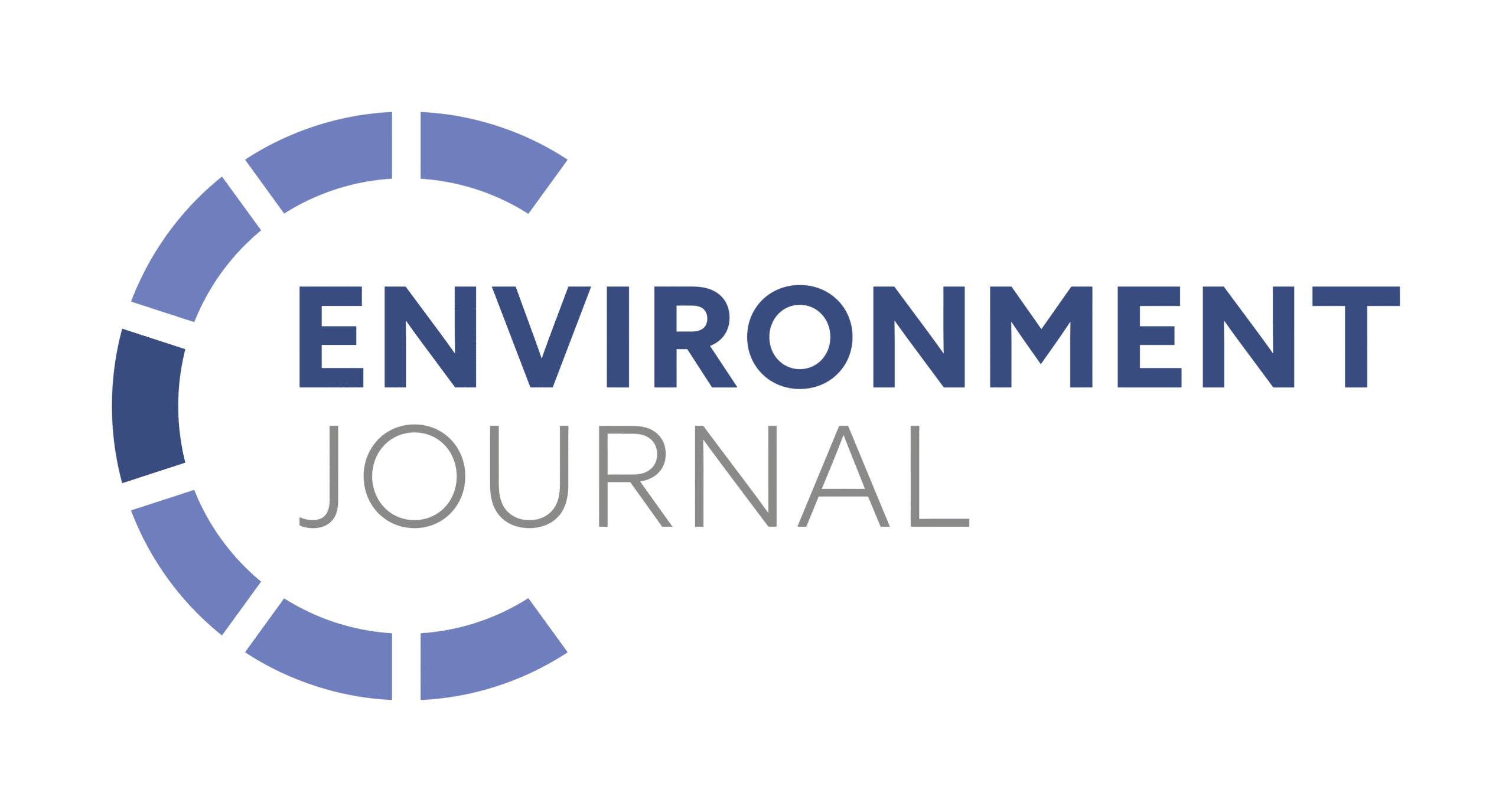






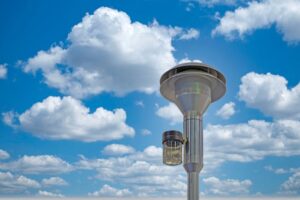
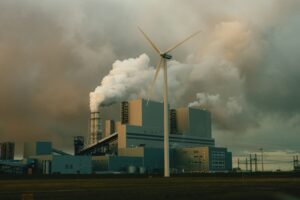



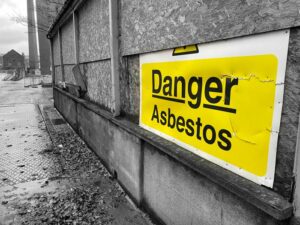
Very interesting, thanks, will have to re-read! Where you say talk about air from Europe bringing PM2.5 to UK, presumably some would be from shipping and domestic wood & coal combustion on the continent? As well as industrial and agricultural. Is it possible to know what the composition of PM2.5 is? Does it also mean PM2.5 from, say, London/SE, can get blown across to Devon & Cornwall and south Wales?